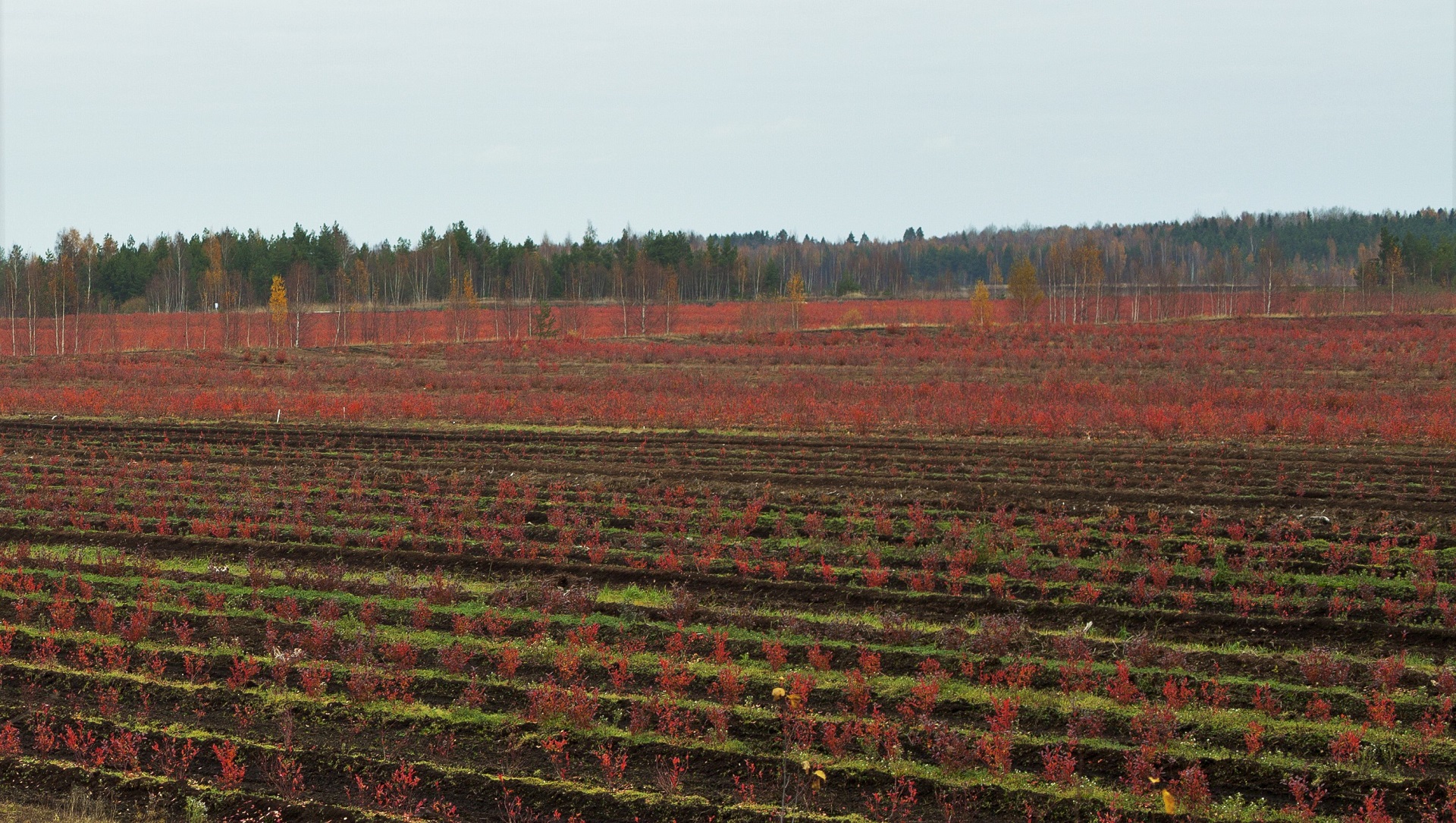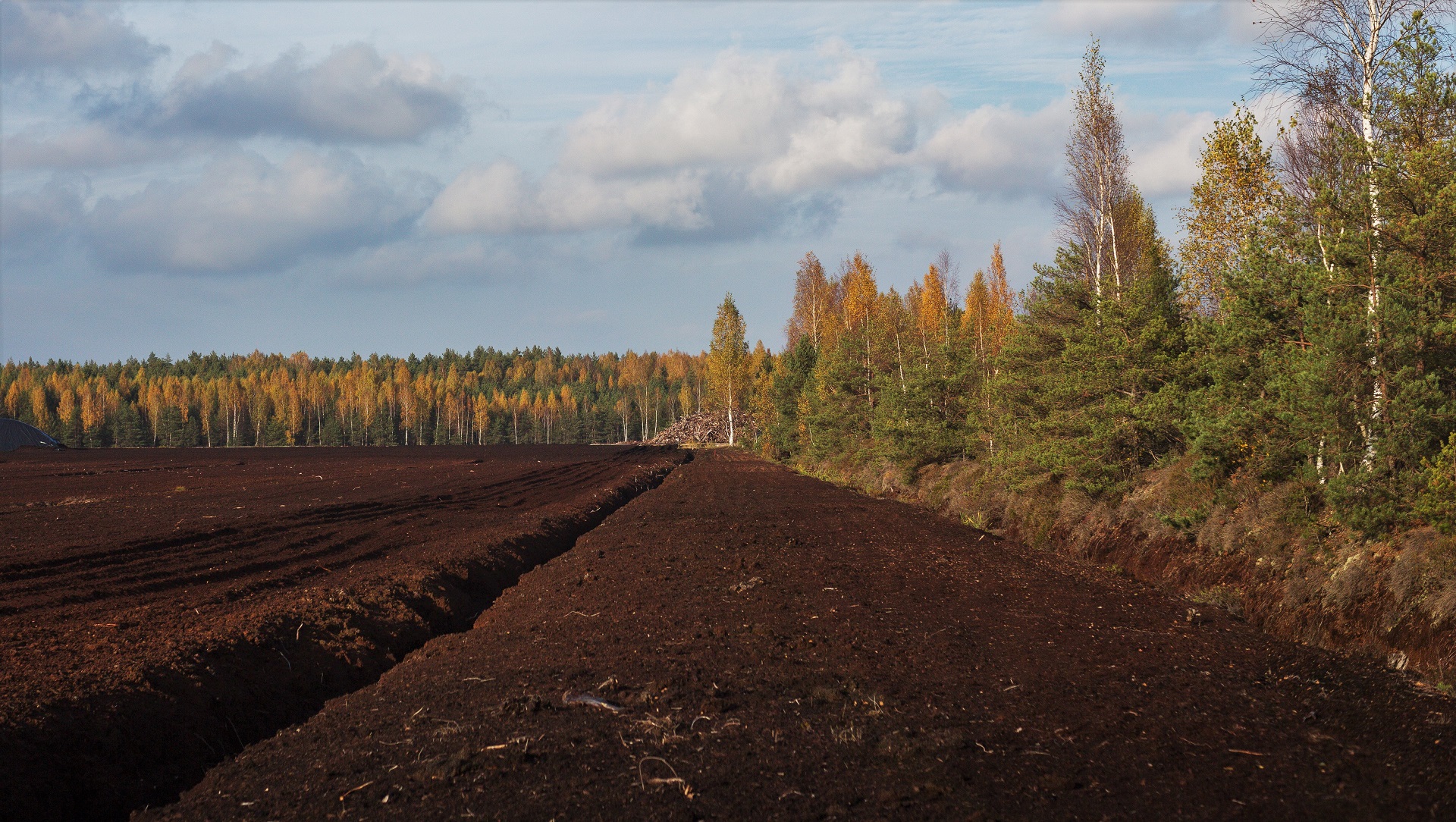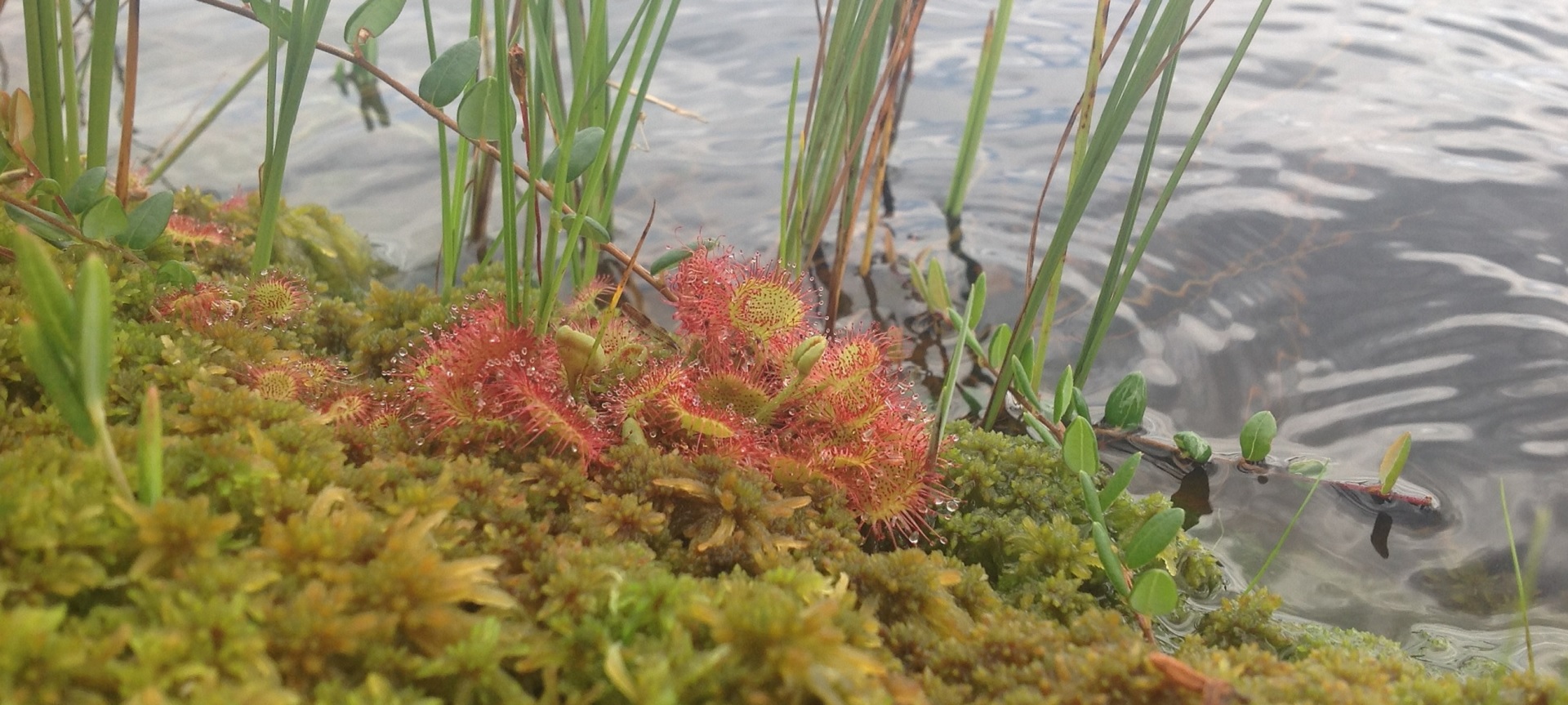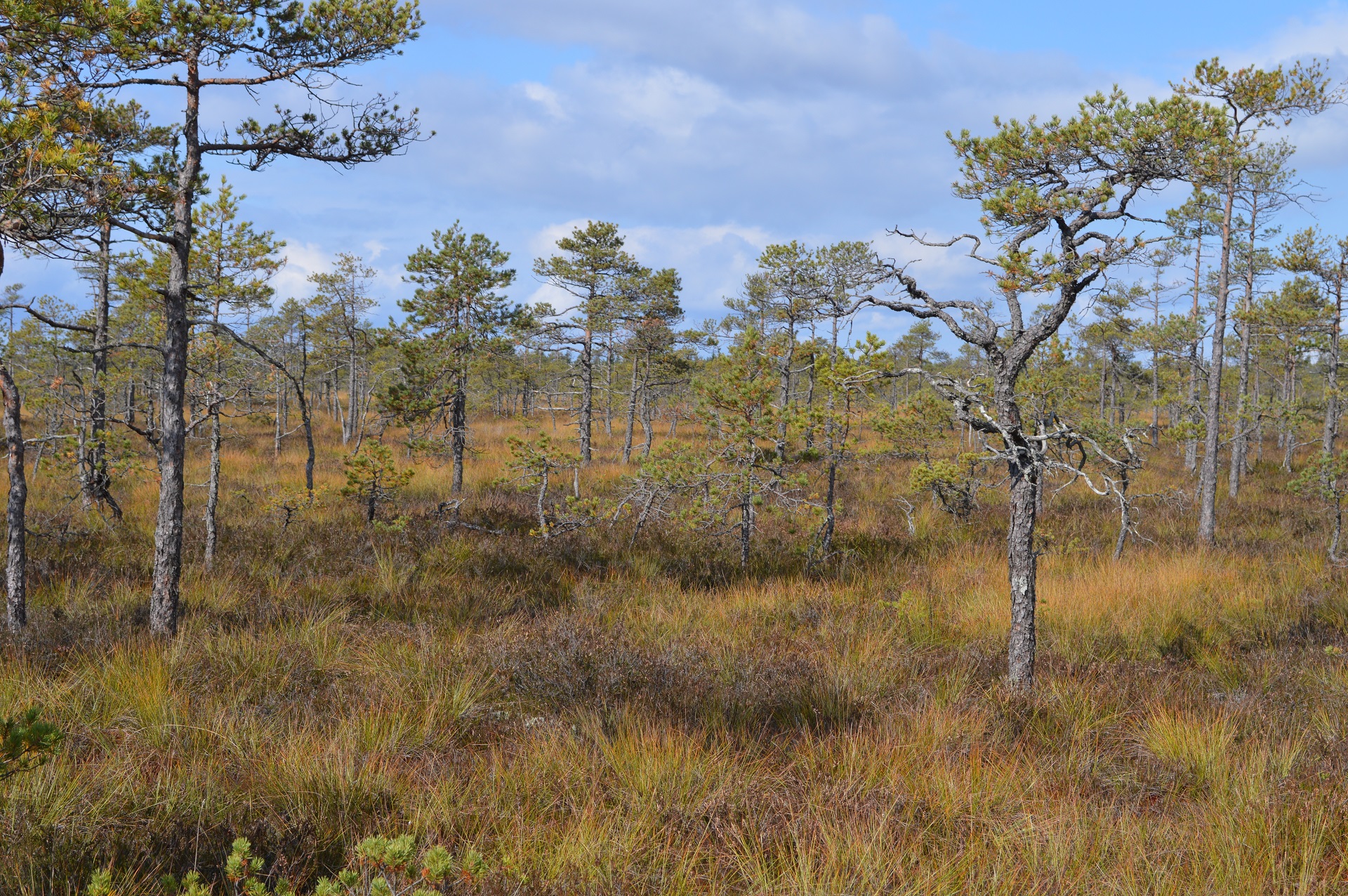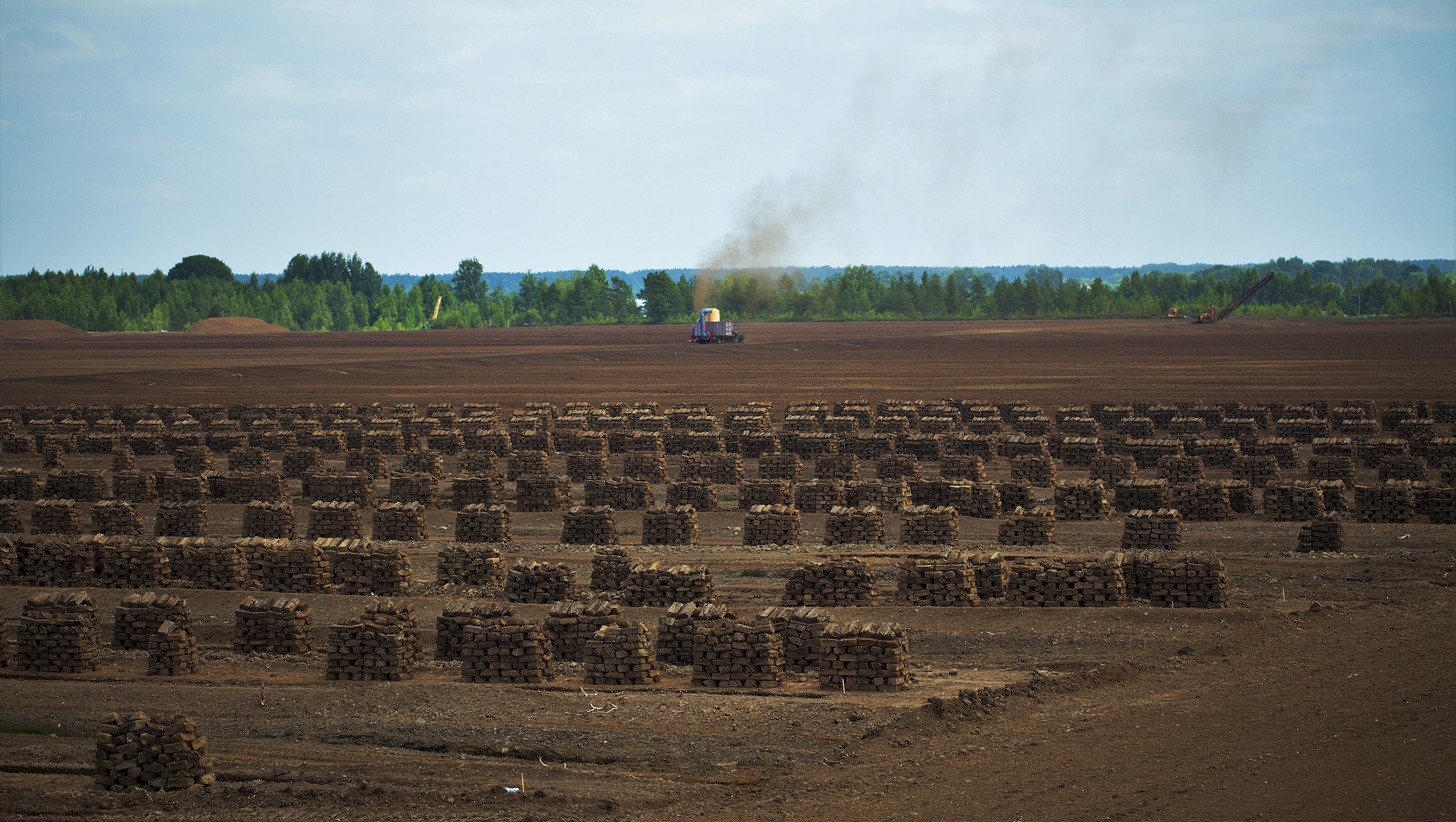Prolonged rainfall threatens peat extraction – industry calls for state of emergency
26 / 08 / 2025
This summer, Latvia’s peat extraction industry is enduring one of its toughest seasons on record - with average harvests reaching just 29% of the planned volume.
This summer, Latvia's peat extraction industry is facing one of its most challenging seasons in decades. Peat extraction is seasonal, lasting from May to September, but unfavorable weather conditions that began in May have significantly affected extraction volumes and now threaten the industry's operations. The peat industry and the Latvian Peat Association urge the Ministry of Climate and Energy to declare a state of emergency in the peat extraction sector. The industry also calls on third parties to take this situation into account and to understand that peat extractors are objectively unable to fulfill their obligations under current weather conditions.
In many parts of Latvia, rainfall exceeds the monthly averages. According to data from the Latvian Environment, Geology and Meteorology Center, extremely wet and very wet conditions (SPI) have prevailed in several regions over the last three months, with Latgale, Vidzeme, and parts of Zemgale being especially affected.
In particular, Latgale and Eastern Vidzeme, as well as parts of Zemgale and central Kurzeme have been hardest hit. According to peat extractors, there are significant regional differences. By August 1, extraction in Vidzeme and Latgale had reached only 20-30% of planned levels. In Eastern Vidzeme, some peat extraction sites have achieved just 3% of the plan, while in Madona County, has not even begun in certain areas, raising concerns that work may not begin at all this season. The situation in Latgale is uneven – in the Preiļi and Rēzekne areas, only 18% of the plan has been fulfilled, in the Augšdaugava and Jēkabpils areas – 12%. Other extractors admit that, on average, only about 35% of the planned extraction volumes have been met across Latgale.
Peat extraction requires dry, sunny and windy weather – at least three to five consecutive rain-free days – in order to begin the milled peat extraction process. This season, such conditions have been extremely rare as rain has been regular. The thin top layer of the peat field is first milled, raked and left to dry, after which the peat can be harvested. This year, frequent rains have repeatedly interrupted the cycle, often forcing operators to restart from the beginning without ever reaching the harvesting stage. In some places, machinery cannot even access the extraction site. Considering that the peat extraction season usually lasts from May to September and with days already growing shorter while morning dew further delays drying, achieving the planned extraction volumes has become impossible. At this point, peat extractors have managed to collect only about 29% of the planned volume.
The prolonged rain threatens the operation of companies. Several employers may soon be forced to suspend operations or sharply cut staff, leaving both seasonal and permanent employees without full-time work or expected income. The peat sector in Latvia provides 2327 direct jobs and, together with indirect jobs, 5171 (according to a KPMG study, 2023), paying competitive wages – in 2023, the average gross monthly wage in the industry was 1586 EUR, which exceeds the national average (1537 EUR) and is significantly higher than in agriculture (1297 EUR).
Latvia is a key player in the global market, supplying 31% of the peat used in professional horticulture in Europe. Under difficult conditions, shortages and rising prices are expected, which could also drive up food prices since peat substrates are essential for vegetable cultivation. The peat reserves in stockpiles, which were planned to be replenished during this season, are already running out, creating a critical situation not only for local producers but also for export partners.
